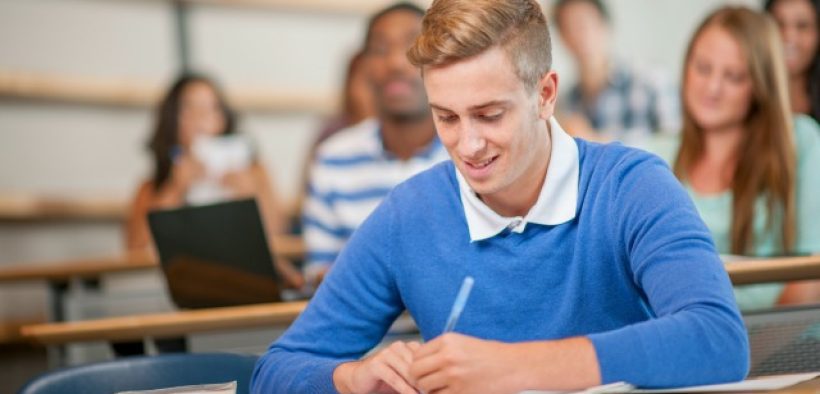This post shares a couple of items that pertain to student note-taking.
I’m always on the lookout for strategies that develop students’ note-taking skills, and economics professor Mark Maier shares a good one in the recent issue of College Teaching. He assigns a “rotating note taker” in his courses. This student serves as the class note-taker, posting his or her notes on the course management system before the next class session. The notes are graded pass/fail and count for 1 percent of the final course grade. If it’s a fail, the student learns why and is assigned another day to take and post class notes.
Note-Taking Strategies to Improve Learning

Related Articles
I have two loves: teaching and learning. Although I love them for different reasons, I’ve been passionate about...
Active learning is a mostly meaningless educational buzzword. It’s a feel-good, intuitively popular term that indicates concern for...
Perhaps the earliest introduction a student has with a course is the syllabus as it’s generally the first...
Generative AI allows instructors to create interactive, self-directed review activities for their courses. The beauty of these activities...
I’ve often felt that a teacher’s life is suspended, Janus-like, between past experiences and future hopes; it’s only...
I teach first-year writing at a small liberal arts college, and on the first day of class, I...
Proponents of rubrics champion them as a means of ensuring consistency in grading, not only between students within...








One Response